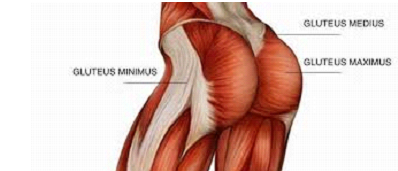
The New York Times Magazine, june 3, 2018 is all about research based Fitness advise: set goals, how to eat healthier, how to get faster, stronger and how to reduces aches and pains. Basically: how to get it together. Hundreds of advises on 10 pages. Beautifully illustrated by Dutch artist Tim Enthoven (www.timenthoven.nl) according to Lisa Fung in her tweet: https://goo.gl/images/Qcxf5W
In a section about ‘abs’, Training Mate’s Luke Milton says: Genetics aside, abs start in the kitchen. A good rule of thumb is to eat mostly food that has ‘had a life’ – it grew out of the ground, swam in the ocean, ran cage free’.
We absolutely agree with the ‘growing’ philosophy: the kernels we use for our 100% organic culinary argan are wild harvested.
And about six pack abs, we asked Alex Sayhi, famed model and stuntman, on his abs routine:
“I usually do V ups as my main abdominal training, it’s one of the most difficult but complete abdominal exercises as it requires strength but also balance and will work on all those micro fibers and muscles around this area. Of course planking is also a great exercise as it’s a different type of dynamic and you will stay in the same position for extended periods of time, usually a minute or two. It will bring strength to your body as well as an endurance type of muscle.

However, nutrition is probably 70% of that perfect abs goal. I usually start my day by eating muesli yogurt, non dairy would be ideal, and I add 2 teaspoons of culi argan. People confuse rich (heavy) nutrition and bad nutrition. For example bananas are heavy and rich but are not bad, you have to incorporate them into your diet but only at the right time of the day. Usually in the morning or early afternoon. You can have carbs but try not to after lunch for faster results. Try to vary your meals for a better nutritional balance and add vegetables and fruit but not too much either as fruit are very sugary. Also try not to eat meat everyday, everything in moderation.
We know our skin is our biggest organ. But do you know what your biggest muscle is? Buttocks. A.k.a. butt, glutes; gluteal muscles are a group of three muscles which make up the buttocks: the gluteus maximus, -medius and -minimus.
Your buttocks are involved in most of all your moves: walking, balancing in the subway, climbing the office stairs; the glutes control your hips; the central part of moving. A lot of things move in your body, and according to a recent University of Sydney study moving yourself by walking with a speed of minimal 3.7 mph is associated with a reduced risk of all-cause and CVD mortality, compared to walking at a slow pace.
